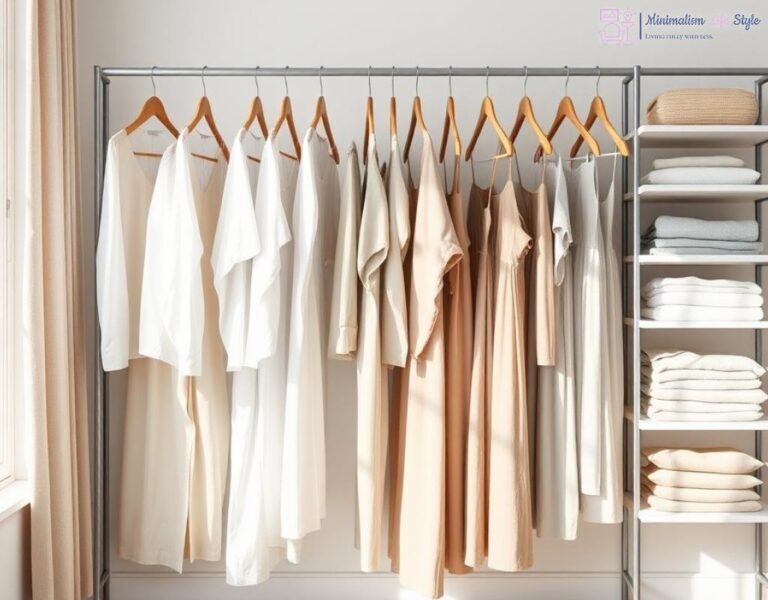In a world where fast fashion dominates, the minimalist wardrobe stands as a beacon of sustainability. Embracing fewer items fosters a deeper connection with each piece we own, encouraging thoughtful consumption. This approach not only simplifies our lives but also contributes to a more sustainable future. But how do we ensure that these cherished garments stand the test of time?
Smart Choices: Fabrics That Last

When curating a minimalist wardrobe, the fabric choices you make are pivotal. Opting for high-quality materials can significantly extend the life of your clothing. Natural fibers like organic cotton, linen, and wool are not only durable but also biodegradable, making them excellent sustainable options. But what do you need to know about these materials?
- Organic Cotton: Grown without harmful pesticides, organic cotton is soft, breathable, and less likely to wear out quickly.
- Linen: Known for its strength and durability, linen becomes softer with each wash, making it a timeless choice.
- Wool: This natural insulator is resilient, resists wrinkles, and has natural moisture-wicking properties.
The Art of Care: Maintenance Tips for Longevity

Even the finest garments require care to maintain their beauty and functionality. Understanding how to wash, dry, and store your clothes can make all the difference. Here are some essential tips:
- Washing: Always read labels and wash with cold water to reduce energy consumption and prevent fading.
- Drying: Air-drying is gentler on fabrics and can prevent shrinkage and damage from high heat.
- Storage: Keep clothes in a cool, dry place and use breathable garment bags to protect them from dust and moths.
Repurpose and Repair: Giving New Life to Old Favorites
Every piece of clothing tells a story. Instead of discarding items that have seen better days, consider how you can breathe new life into them. Repurposing and repairing not only reduces waste but can also spark creativity. Whether it’s turning an old shirt into a tote bag or sewing up a small tear, these actions contribute to a more sustainable wardrobe.




